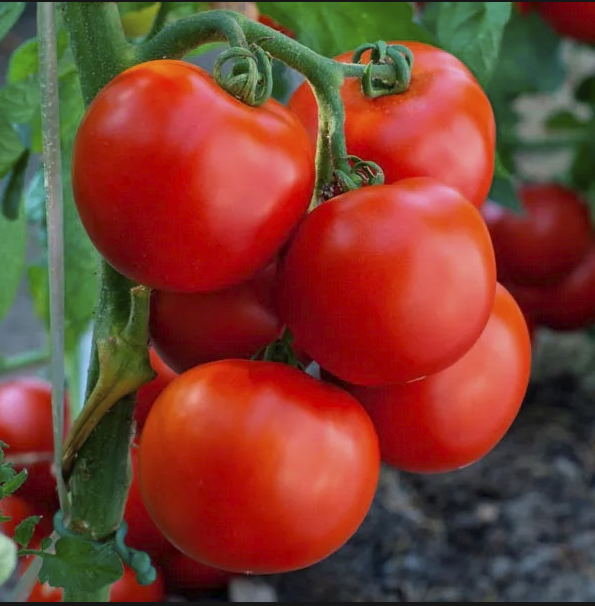April is a Good Time to Plant Tomatoes
Published 2:00 pm Sunday, April 6, 2025
|
Getting your Trinity Audio player ready...
|
Dr. Mary Helen Ferguson
Let’s Get Growing
Few vegetables are as beloved as fresh tomatoes. Growing your own is a chance to get them fresh off the plant and to have your choice of varieties.
In April, there’s little chance of another frost, and it’s still early enough that tomatoes planted now are less likely to experience the excessively warm temperatures that interfere with pollination and fruit set. (If you plant tomatoes after April in Louisiana, it’s advised to use “heat-set” varieties.)
Tomatoes are not the most trouble-free of vegetables. Try not to replant in a place where you planted them last year, to reduce the chance of having trouble with soilborne diseases. Choosing varieties that have resistance to root knot nematodes, Fusarium wilt, tomato spotted wilt virus (TSWV), and/or other diseases will reduce the likelihood of having certain issues. If you water in a way that gets the leaves wet, do this in the early morning rather than the late afternoon or evening.
Good drainage is important for tomatoes, as it is for most vegetables. If drainage at your site is poor, consider growing in a raised bed or container.
Soil pH for tomatoes should be between pH 6 and 7. Lime applied to raise soil pH also provides calcium and, if dolomitic lime is used, magnesium.
In the absence of soil test results, for every 100 feet of row (or 300 square feet), 4 pounds (8 cups) of 8-24-24 or 13-13-13 can be mixed into the soil before planting. Side dress plants at the time of first fruit-set (when blossoms drop and the first tiny fruits appear) with calcium nitrate, at a rate of 1.5 to 2 pounds (2.5 to 3.5 cups) per 100 feet of row / 300 square feet. Side dress again when the third and (optionally) fourth flower clusters set fruit.
Tomatoes can be spaced 18 to 24 inches apart within a row. Wider spacing will allow more air movement and may reduce disease.
If you’re planting in a container, try to find one that’s at least 5 gallons in size, and make sure it has drainage holes in the bottom. Many potting mixes have fertilizer mixed into them, and you can supplement that with a water-soluble fertilizer. Try to find one in which the concentrations of phosphate and potash are greater – or at least as great as – that of nitrogen.
Let me know if you have questions.
Dr. Mary Helen Ferguson is an Extension Agent with the LSU AgCenter, with horticulture responsibilities in Washington and Tangipahoa Parishes. Contact Mary Helen at mhferguson@agcenter.lsu.edu or 985-277-1850 (Hammond) or 985-839-7855 (Franklinton).






